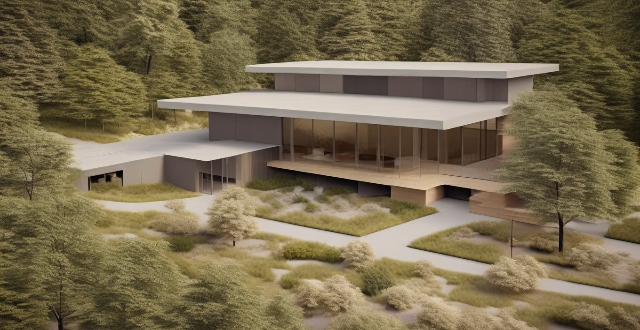Car designers follow a structured process to create unique exterior designs for new models, involving research, concept development, design refinement, prototype building, finalization and production, and marketing. They draw inspiration from nature, art, historical archives, and market research to develop initial sketches which are then transformed into precise digital models using advanced software. The designs undergo rigorous testing for aerodynamics, ergonomics, and safety before being built as physical or functional prototypes. Feedback from user testing guides further adjustments. Once finalized, the tools and manufacturing processes are prepared for mass production under strict quality assurance. Finally, the new model is promoted through advertising campaigns and displayed at dealerships and trade shows for customer experience and test drives. This detailed process ensures that the final product is both visually appealing and meets consumer needs and preferences.

How Car Designers Create Unique Exterior Designs for New Models
Car designers employ a variety of techniques and processes to create unique exterior designs for new models. The process typically involves several stages, from initial concept sketches to the final production model. Here's a detailed overview of how car designers bring their visions to life:
Research and Inspiration
Market Research
- Competitive Analysis: Studying competitors' designs to understand current trends and gaps in the market.
- Consumer Surveys: Gathering feedback from potential buyers to identify preferences and needs.
Inspiration Sourcing
- Nature and Art: Drawing inspiration from natural forms, architectural structures, and works of art.
- Historical Archives: Looking back at past successful designs within the company or industry.
Concept Development
Sketching
- Initial Ideas: Quick sketches to capture the essence of the design vision.
- Iteration: Refining these sketches based on feedback and further inspiration.
Digital Modeling
- 3D Software: Using advanced tools like CAD (Computer-Aided Design) to create precise digital models.
- Rendering: Generating realistic visual representations of the design for evaluation.
Design Refinement
Aerodynamics Testing
- Wind Tunnels: Testing the design for efficiency and stability at high speeds.
- Drag Coefficient: Optimizing the shape to reduce air resistance and improve fuel economy.
Ergonomics and Safety
- Interior Accessibility: Ensuring easy entry and exit from the vehicle.
- Visibility: Maximizing driver visibility with careful placement of windows and mirrors.
Prototype Building
Physical Models
- Clay Models: Crafting full-size clay models to assess the design in three dimensions.
- Functional Prototypes: Building working models to test functionality and aesthetic appeal.
Testing and Feedback
- User Testing: Gathering feedback from real users to evaluate practicality and desirability.
- Adjustments: Making necessary adjustments based on testing results.
Finalization and Production
Tooling and Manufacturing
- Tooling: Creating the molds and fixtures required for mass production.
- Manufacturing Processes: Selecting appropriate methods like stamping, casting, or 3D printing.
Quality Assurance
- Inspection: Rigorous checks at every stage to ensure quality standards are met.
- Final Approval: Obtaining sign-off from all stakeholders, including designers, engineers, and executives.
Marketing and Launch
Promotional Material
- Advertising Campaigns: Showcasing the design through various media channels.
- Trade Shows: Displaying the new model at auto shows to generate buzz.
Customer Experience
- Dealership Displays: Presenting the vehicle in an attractive setting to potential buyers.
- Test Drives: Allowing customers to experience the design firsthand.
Through this comprehensive process, car designers can translate their creative visions into tangible, unique exterior designs that captivate consumers and stand out in the competitive automotive market.